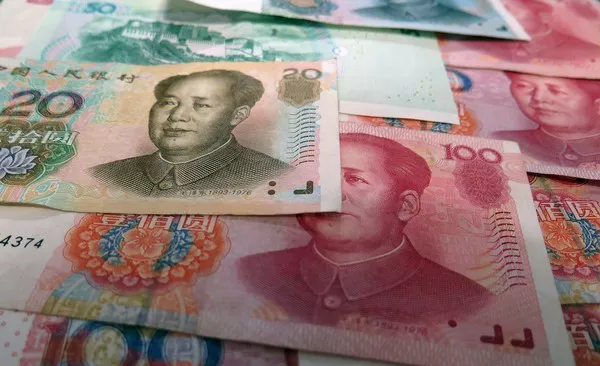China, with its rich history and vibrant culture, boasts a unique and diverse monetary system. Understanding the names and symbols of Chinese currency is not only essential for those planning to visit or conduct business in the country but also serves as a fascinating exploration of its economic evolution. In this article, we delve into the names of Chinese currency, shedding light on the historical context and contemporary significance of each.
Renminbi (RMB):
At the heart of Chinese currency is the Renminbi (RMB), which translates to “People’s Currency.” This term is commonly used to refer to the official currency of the People’s Republic of China. The Renminbi is issued by the People’s Bank of China and serves as the legal tender for all transactions within the country. Denoted by the symbol 元, pronounced as “yuan,” it is subdivided into smaller units known as jiao and fen.
Yuan (CNY):
The primary unit of the Renminbi is the yuan, represented by the symbol 元. The term “yuan” has historical significance, dating back to the Ming dynasty. It is derived from the silver ingot, a form of currency during that era. Today, the yuan banknotes and coins are widely used in everyday transactions, and its international symbol is CNY (Chinese Yuan).
Jiao and Fen:
The yuan is further divided into smaller units called jiao (角) and fen (分). One yuan is equivalent to ten jiao, and one jiao is further divided into ten fen. While jiao is a less frequently used unit, fen is the smallest denomination and is rarely seen in circulation.
Chinese Coins:
In addition to paper currency, China has a long history of using coins as a medium of exchange. Historically, different dynasties issued various forms of coins, each bearing unique symbols and designs. Today, the most commonly used coins in China are the 1 yuan, 5 jiao, and 1 jiao coins. These coins feature iconic Chinese symbols, such as the national emblem and images of famous landmarks.
Historical Context:
The evolution of Chinese currency is a fascinating journey through the country’s history. Traditionally, various forms of currency, including shells, gold, silver, and copper, were used in different dynasties. During the imperial era, unique coins were issued to signify the authority of the ruling dynasty.
The establishment of the People’s Republic of China in 1949 marked a significant turning point in the country’s monetary system. The Renminbi was introduced to replace the various currencies issued by different regions and governments, bringing about uniformity in currency across the nation.
Contemporary Renminbi:
As China has emerged as a global economic powerhouse, the Renminbi has gained international recognition. The country has been working towards the internationalization of its currency, making it more accessible and widely used in global trade.
The use of the Renminbi in international transactions has been facilitated by the establishment of offshore Renminbi centers and the inclusion of the Chinese currency in the International Monetary Fund’s (IMF) Special Drawing Rights (SDR) basket in 2016. This recognition marked a milestone in the Renminbi’s journey toward becoming a global reserve currency.
See Also Are RMB and CNY the Same Currency?
Renminbi in the Digital Age:
China has taken significant steps in embracing digital currency with the development of the Digital Currency Electronic Payment (DCEP) system. Piloted in various cities, DCEP represents a digital form of the Renminbi issued by the People’s Bank of China. This initiative aims to enhance the efficiency and security of financial transactions while providing greater financial inclusion.
Conclusion:
In conclusion, understanding the names of Chinese currency involves exploring the historical context and contemporary significance of the Renminbi. From its roots in ancient forms of currency to its modern international stature, the Renminbi reflects China’s economic journey. As the country continues to play a prominent role in the global economy, the names and symbols of Chinese currency will undoubtedly remain a topic of interest and significance. Whether you are a traveler, investor, or simply curious about world currencies, delving into the intricacies of the Renminbi offers a glimpse into the economic heartbeat of China.


